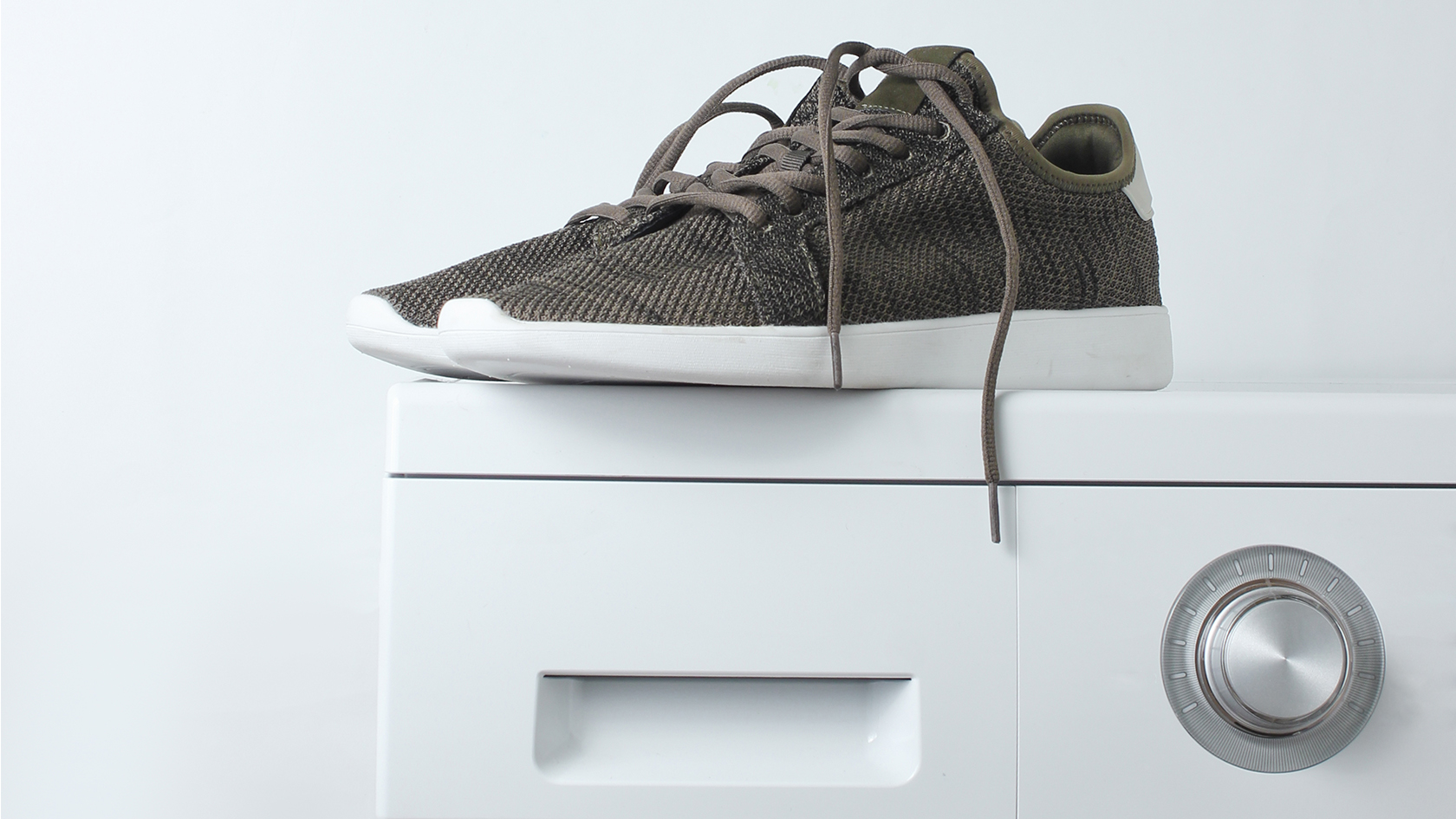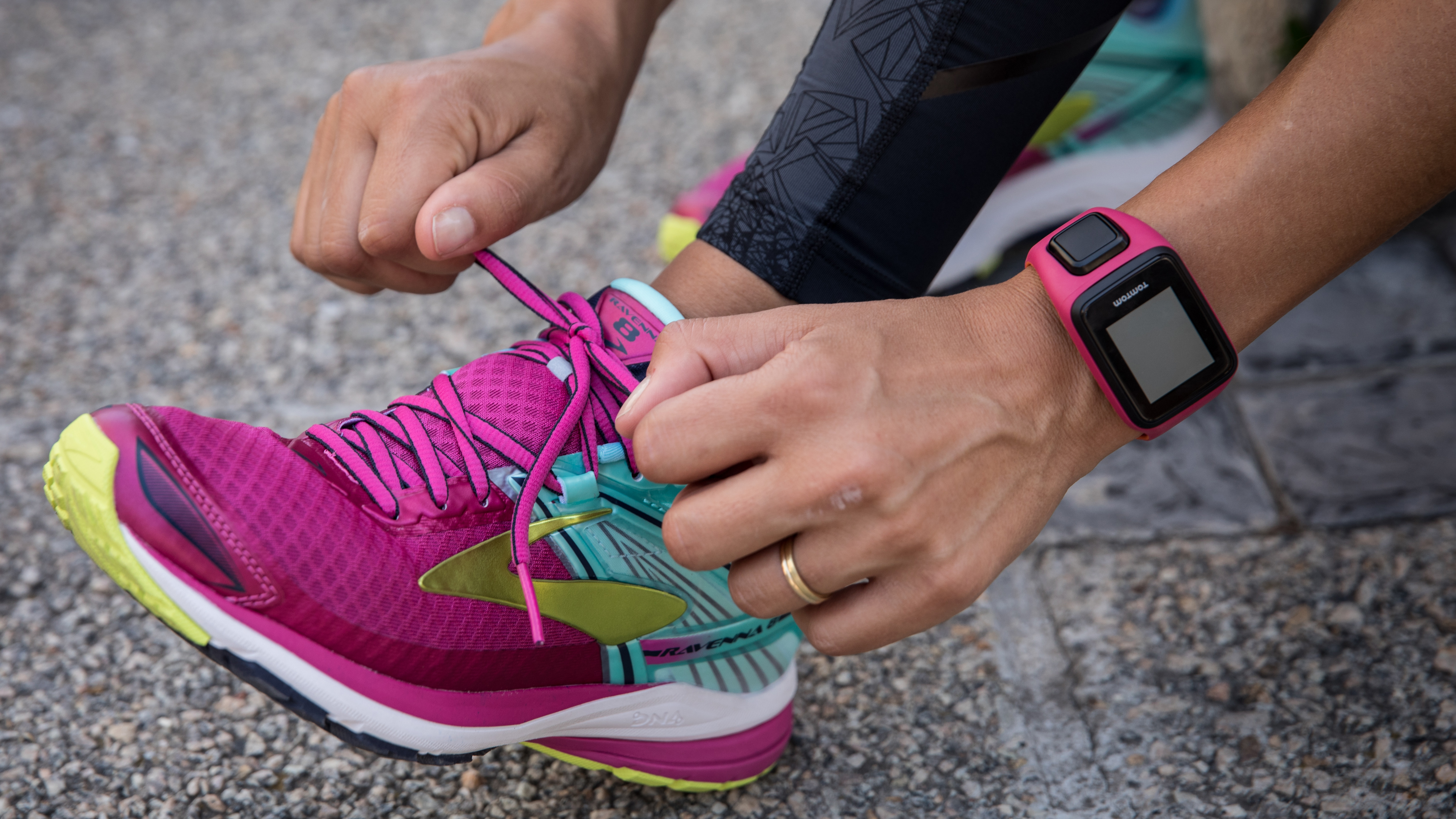Keeping your running shoes clean isn’t just about looking good—it’s about feeling good, too. If you’ve ever pulled on a pair of trainers still crusted with last week’s mud, you’ll know exactly what I mean. Clean shoes last longer, smell fresher, and perform better, whether you’re pounding city pavements, exploring woodland trails, or just nipping out for a jog in the park. But how do you actually wash running shoes without ruining them? And what’s the best way to keep them looking and feeling their best, run after run?
Let’s break it all down, step by step, with some honest advice, a few hard-won tips, and answers to the questions runners ask most. Grab your trainers—let’s get them sparkling again.
Why Bother Cleaning Running Shoes?
It’s easy to put off cleaning your running shoes, especially after a long run when all you want is a hot shower and a cuppa. But a bit of regular care makes a world of difference. Dirt and sweat break down the fabric, mud clogs up the mesh, and bacteria build up in the insoles—none of which does your shoes (or your feet) any favours. Clean shoes last longer, smell better, and help you avoid blisters and other annoyances. Plus, let’s be honest, it’s just more satisfying slipping into a fresh pair before your next run.
Should You Put Running Shoes in the Washing Machine?
If you’re tempted to chuck your trainers in the washing machine, you’re not alone. It’s quick, easy, and seems like the obvious solution. But here’s the truth: most running shoes just aren’t built for it. The heat, spin, and detergent can mess with the glue, warp the shape, and break down the materials. You might get away with it once or twice, but over time, you’ll notice your shoes losing their bounce and structure. Hand washing is a bit more effort, but your shoes will thank you for it.
How Often Should You Clean Running Shoes?
There’s no strict rule, but here’s a good guideline:
- After a muddy or wet run, give your shoes a quick clean as soon as you can.
- If you’re running mostly on dry roads, a wipe-down every couple of weeks is usually enough.
- If you notice any smells or stains, it’s time for a deeper clean.
What You’ll Need to Clean Your Running Shoes
You don’t need fancy gear—just a few basics you probably already have at home:
- Mild detergent or a gentle soap (nothing too harsh)
- A soft brush or an old toothbrush
- A sponge or cloth
- A bowl of warm (not hot) water
- Some newspaper or paper towels
- Baking soda (for stubborn smells)
Having these on hand makes the whole process smoother and helps you get your shoes properly clean without damaging them.
Step-by-Step: How to Wash Running Shoes by Hand
1. Take Out the Laces and Insoles
Start by removing the laces and insoles. Laces can be washed separately (either by hand or in a small laundry bag in the machine). Insoles can be scrubbed gently with soapy water and left to dry.
2. Knock Off the Dirt
Give your shoes a good tap together outside to get rid of any loose mud or stones. Use a dry brush to sweep away the rest—don’t add water yet, or you’ll just make a mess.
3. Mix Up Your Cleaning Solution
A splash of mild detergent in a bowl of warm water is perfect. Too much soap can leave residue, so go easy.
4. Scrub the Uppers
Dip your brush or sponge into the soapy water and gently scrub the uppers, focusing on any stubborn spots. Don’t soak the shoes—just enough moisture to lift the dirt.
5. Clean the Soles
The outsoles take the most punishment, so give them a good scrub. If there’s mud stuck in the treads, use your brush to get it out.
6. Rinse Off the Soap
Wipe the shoes with a clean, damp cloth to remove any soap. Don’t dunk them in water—just wipe them down.
What About Muddy Running Shoes?
If you’re a trail runner or just unlucky with the weather, mud happens. Let the mud dry first—it’s much easier to brush off dry than wet. Once you’ve knocked off as much as you can, follow the hand-washing steps above. For really stubborn mud, a bit of extra scrubbing with the brush usually does the trick.
The Right Way to Dry Running Shoes
Whatever you do, don’t put your shoes on the radiator or in the tumble dryer—heat can warp the shape and ruin the glue. Instead, blot them with a towel to soak up excess water, then stuff them with newspaper or paper towels to help them keep their shape and draw out moisture. Leave them in a warm, airy spot out of direct sunlight. Change the paper if it gets soggy, and give them at least 12–24 hours to dry properly.
Should You Waterproof Your Running Shoes?
If you’re often running in the rain or through puddles, a waterproofing spray can help keep your shoes cleaner and drier for longer. Just make sure it’s suitable for your shoe’s material, and always apply it to clean, dry shoes for the best results.
FAQs
It’s best not to. Hand washing is gentler and will help your shoes last longer.
Stuff them with newspaper or paper towels and leave them in a warm, airy place. Avoid direct heat.
After muddy runs or every couple of weeks for regular use.
Use a soft brush, mild detergent, and a bit of baking soda for stubborn stains. Avoid bleach.
Yes—this helps everything dry out properly and keeps smells in check.
Choose running shoes with good cushioning and arch support. Replace shoes every 300–500 miles, and consider a gait analysis to find the best fit for your running style and foot shape.
Related Articles







